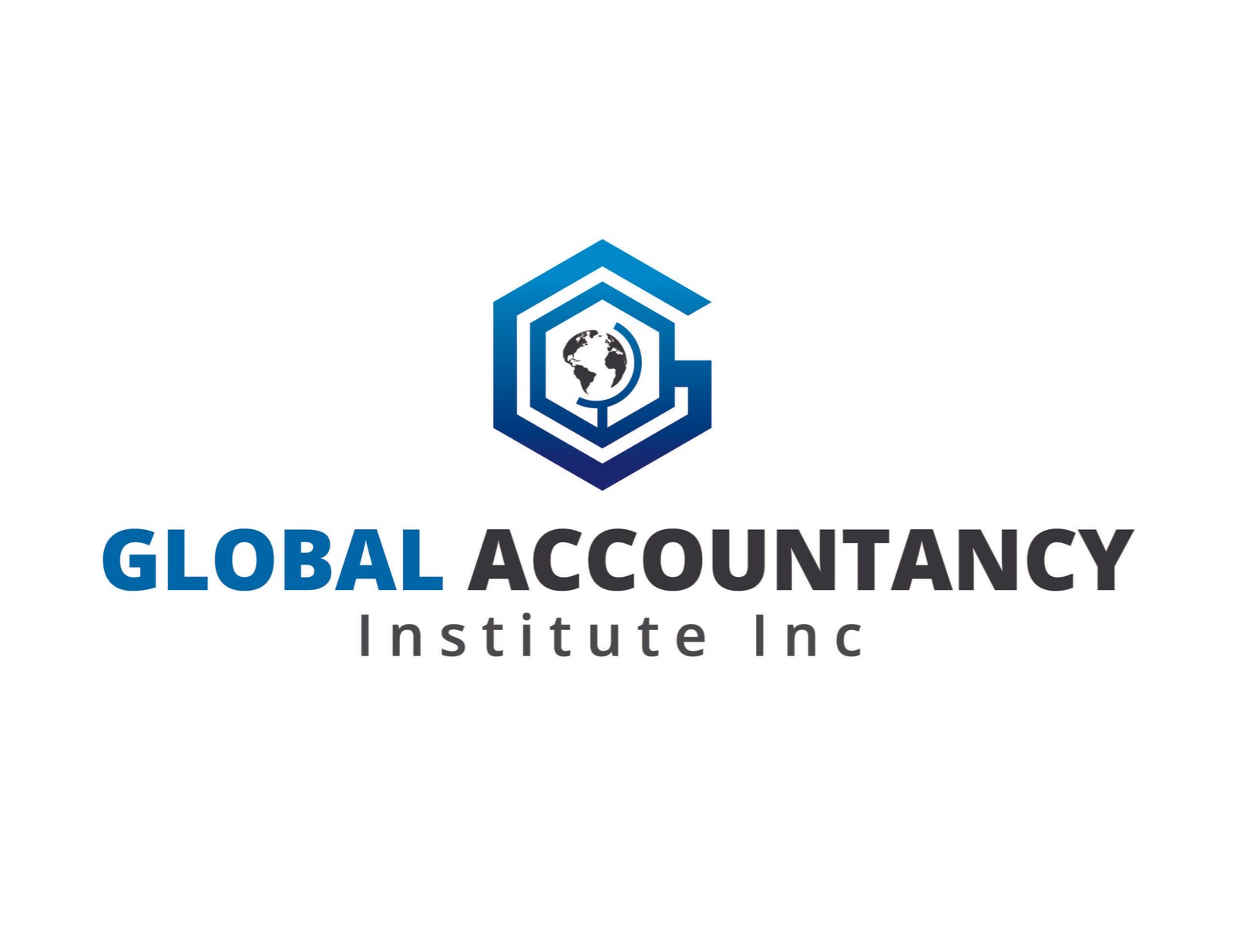9. Alternative Investments
Definition and Overview:
Alternative investments are financial assets that fall outside the traditional categories of stocks, bonds, and cash. They include a diverse range of investment options, often with unique risk and return profiles. These investments are typically less correlated with traditional asset classes, providing diversification benefits.
Key Characteristics:
- Illiquidity: Many alternative investments are not easily bought or sold, making them less liquid than traditional investments.
- High Minimum Investment: They often require a significant initial investment, making them less accessible to average investors.
- Complexity: Alternative investments can be complex and require specialized knowledge to manage effectively.
- Diversification: They offer diversification benefits due to their low correlation with traditional asset classes.
- Potential for High Returns: While riskier, they can offer substantial returns compared to traditional investments.
Types and Examples:
- Private Equity: Investments in private companies, including venture capital and leveraged buyouts. Example: Investment in a startup company through a venture capital firm.
- Hedge Funds: Pooled investment funds that employ various strategies to earn active returns for their investors. Example: Long/short equity hedge funds.
- Real Assets: Tangible assets like real estate, infrastructure, and commodities. Example: Investing in farmland or timberland.
- Collectibles: Physical items such as art, antiques, wine, and classic cars. Example: Investing in fine art or vintage cars.
- Structured Products: Pre-packaged investment strategies based on derivatives. Example: Principal-protected notes.
Advantages and Disadvantages:
- Advantages:
- Diversification: Provide diversification benefits, reducing overall portfolio risk.
- Potential for High Returns: Can offer substantial returns, especially in less efficient markets.
- Low Correlation: Often less correlated with traditional asset classes, providing stability in market downturns.
- Unique Opportunities: Access to investments not available in public markets.
- Disadvantages:
- Illiquidity: Difficult to buy and sell quickly, leading to liquidity risk.
- High Fees: Often associated with higher management and performance fees.
- Complexity: Requires specialized knowledge and due diligence.
- Regulatory Risk: Subject to different regulatory requirements and risks.
Investment Strategies:
- Direct Investment: Investing directly in private companies, real assets, or collectibles.
- Fund of Funds: Investing in a portfolio of alternative investment funds, providing diversification across multiple strategies.
- Co-Investment: Partnering with private equity or hedge fund managers to invest directly in specific deals.
- Alternative ETFs and Mutual Funds: Investing in funds that focus on alternative assets, offering more liquidity and lower minimum investments.
Practical Examples and Case Studies:
- Private Equity Case Study: Examining the growth and exit strategy of a successful venture capital investment in a technology startup.
- Hedge Fund Performance: Analyzing the performance and strategies of a well-known hedge fund, such as Bridgewater Associates.
- Real Assets Investment: Evaluating the long-term returns and risks of investing in farmland or infrastructure projects.
- Art and Collectibles: Exploring the appreciation of art and collectible investments, focusing on high-profile auctions and market trends.
Conclusion of the Alternative Investments Section
Alternative investments provide unique opportunities for diversification and potential high returns, though they come with higher risks and complexities. Understanding the characteristics, types, and strategies of alternative investments can help investors make informed decisions and effectively incorporate these assets into their portfolios.
